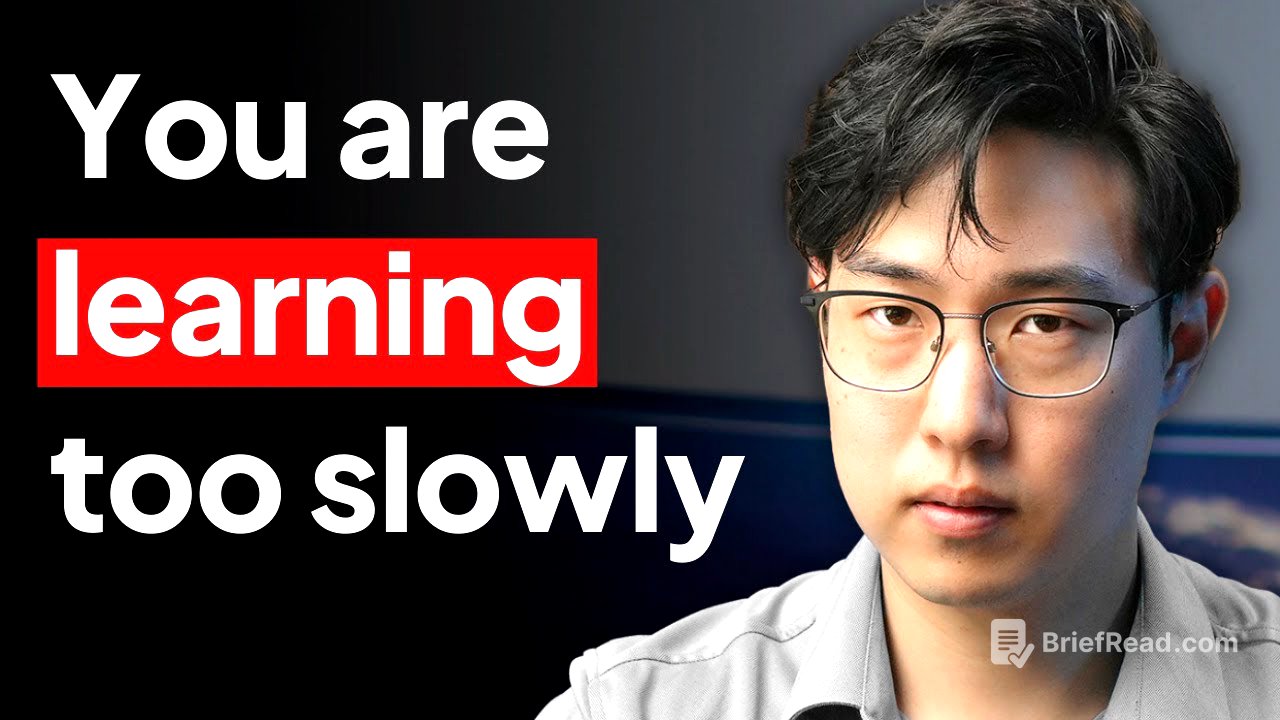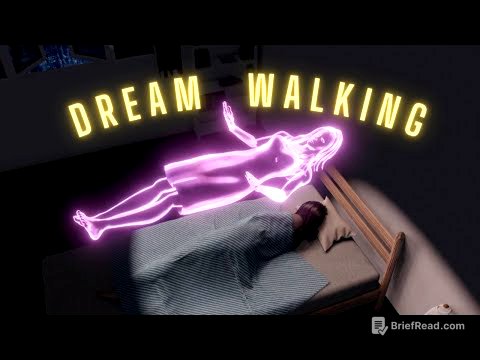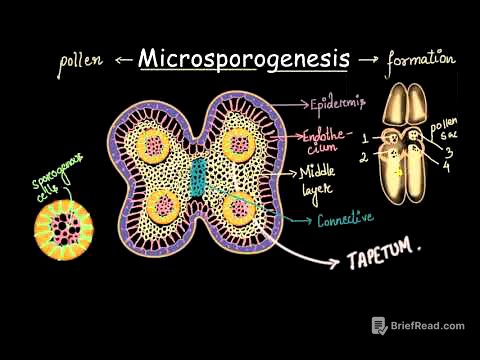TLDR;
This video discusses the concept of "Theory Overload" and experiential cycling, which can hinder skill acquisition. It emphasizes the importance of balancing theoretical knowledge with practical application to avoid cognitive overload and ensure effective learning. The key takeaway is that learning more slowly, focusing on fewer concepts at a time, and allowing skills to become habits are crucial for optimal skill growth.
- Experiential cycling is essential for learning any new skill.
- Theory overload can lead to cognitive overload and hinder learning.
- Balancing theory with practice is crucial for optimal skill growth.
- The rate of theory intake should be proportional to the rate of habit formation.
Intro [0:00]
Justin Sung introduces the concept of "Theory Overload" as a common mistake that leads to failure in learning new skills. He emphasizes the importance of understanding a key ingredient: experiential cycling, which is necessary for learning any skill.
The mistake and key concept [0:45]
The experiential cycle involves having an experience, observing the result, thinking about what needs to change, and experimenting to see if the change makes it better. Without this cycle, learning is impossible. The fastest way to learn any skill is to learn more slowly, avoiding the theory overload trap. Two students are compared: one who rushed through the material and performed worse, and another who took their time and improved significantly.
Fastest way to learn skills [2:45]
The video compares two students, Sish and Enzo, to illustrate the concept of theory overload. Sish, who completed 31% of the program in 5 weeks, saw a decline in academic performance, going from 80% to 71%. In contrast, Enzo, who completed only 20% of the program in 54 weeks, improved from 62% to 92%. This comparison highlights that covering less material with deeper understanding leads to better results.
The analogy [4:35]
The brain has limited cognitive resources, similar to a computer's memory. Learning new skills introduces new things to think about, each requiring resources. As new skills become habits, the resources needed decrease. Overloading the brain with too many things to think about leads to cognitive overload, also known as multiple element interactivity.
Learning how to learn [6:20]
Learning a cognitive skill requires significant mental resources to process and organize new information, create new memories, and understand where the information belongs. This effort is essential for translating learning into memory and understanding. Effective, active learning demands substantial resources initially, making it easy to become overloaded with just a few additional concepts.
How to learn a new skill [7:40]
When learning a new skill, focus on experimenting with only one or two things at a time. Students who try to juggle too many techniques simultaneously become overloaded and struggle to learn effectively. Balancing new theory with practice is crucial; aimless practice without theory is ineffective, while too much theory leads to overload. As skills become habits, the brain finds efficient shortcuts, freeing up cognitive resources for new theory.
What it looks like in practice [10:12]
The video explains how to balance theory and practice in real-world scenarios. With limited practice time, reduce the amount of new theory. As practice time increases, the amount of theory can also increase proportionally. A general rule of thumb is to have at least 5 hours of practice for every hour of theory. It's more important to monitor how quickly new habits form, as this indicates when the brain has the capacity to take in more theory. Enzo's approach of dedicating significantly more practice time to theory allowed him to avoid overload and maintain optimal skill growth. Balancing theory intake with practice leads to smooth and quick skill acquisition.









